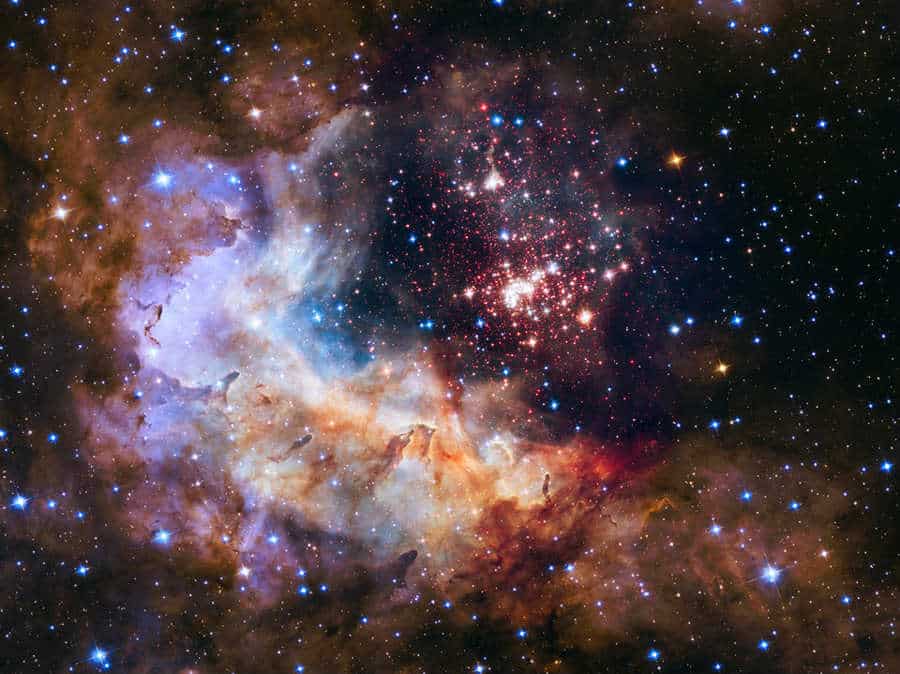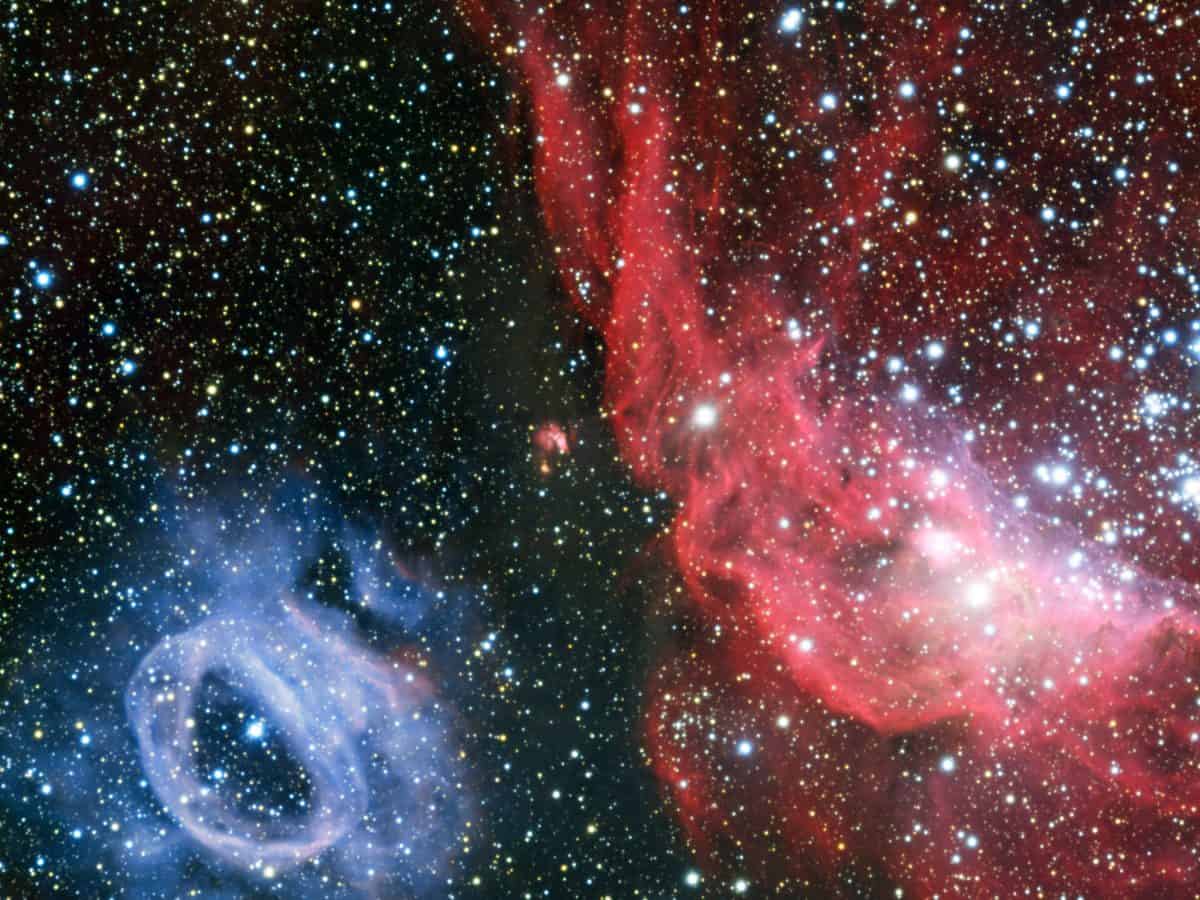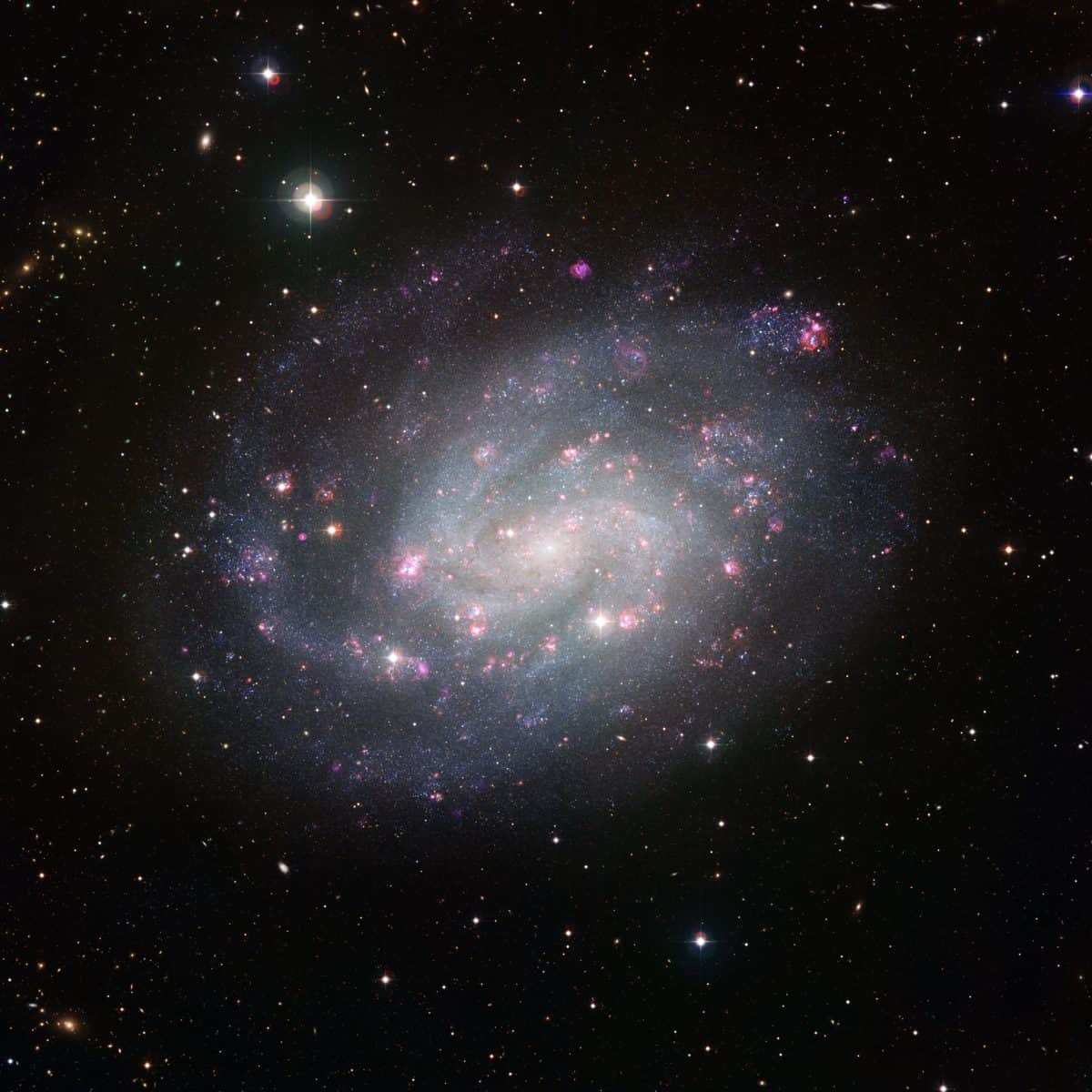Blog
World Music on Flamenco Fridays with Cantaora: María Ángeles Martínez Guitarra: Eduardo Rebollar
performing Alegrias.
Alegrías (Spanish pronunciation: [aleˈɣɾi.as]) is a flamenco palo or musical form, which has a rhythm consisting of 12 beats. It is similar to Soleares. Its beat emphasis is as follows: 1 2 [3] 4 5 [6] 7 [8]9 [10] 11 [12]. Alegrías originated in Cádiz. Alegrías belongs to the group of palos called Cantiñas and it is usually played in a lively rhythm (120-170 beats per minute). The livelier speeds are chosen for dancing, while quieter rhythms are preferred for the song alone.
One of the structurally strictest forms of flamenco, a traditional dance in alegrías must contain each of the following sections: a salida (entrance), paseo (walkaround), silencio (similar to an adagio in ballet), castellana (upbeat section) zapateado (Literally “a tap of the foot”) and bulerías. This structure though, is not followed when alegrías are sung as a standalone song (with no dancing). In that case, the stanzas are combined freely, sometimes together with other types of cantiñas.
Recommended listenings for this palo include most singers from Cádiz, like Chano Lobato, La Perla de Cádiz, Aurelio Sellé, but also general singers like Manolo Caracol or La Niña de los Peines.
Also, you can listen “Mar Amargo” from Camarón and “La Tarde es Caramelo” from Vicente Amigo.
It is one of the cante chico forms of flamenco. The word Alegrías literally means “joys.”
more...The Gum Nebula (Gum 12) is an emission nebula that extends across 40° in the southern constellations Vela and Puppis. It lies roughly 400 parsecsfrom the Earth. Hard to distinguish, it is believed to be the greatly expanded (and still expanding) remains of a supernova that took place about a million years ago. It contains the smaller and younger Vela Supernova Remnant, along with the Vela Pulsar.
It is named after its discoverer, the Australian astronomer Colin Stanley Gum (1924–1960). Gum had published his findings in 1955 in a work called A study of diffuse southern H-alpha nebulae (see Gum catalog).
Distance 1470 ly
more...Bob Dylan (born Robert Allen Zimmerman, May 24, 1941) is an American singer-songwriter, author, and painter who has been an influential figure in popular music and culture for more than five decades. Much of his most celebrated work dates from the 1960s, when he became a reluctant “voice of a generation” with songs such as “Blowin’ in the Wind” and “The Times They Are a-Changin’” that became anthems for the Civil Rights Movementand anti-war movement. In 1965, he controversially abandoned his early fan-base in the American folk music revival, recording a six-minute single, “Like a Rolling Stone“, which enlarged the scope of popular music.
Dylan’s lyrics incorporate a wide range of political, social, philosophical, and literary influences. They defied existing pop-music conventions and appealed to the burgeoning counterculture. Initially inspired by the performances of Little Richard and the songwriting of Woody Guthrie, Robert Johnson, and Hank Williams, Dylan has amplified and personalized musical genres. In his recording career, Dylan has explored many of the traditions in American song—from folk, blues, and country to gospel, and rock and roll, and from rockabilly to English, Scottish, and Irish folk music, embracing even jazz and the Great American Songbook. Dylan performs on guitar, keyboards, and harmonica. Backed by a changing lineup of musicians, he has toured steadily since the late 1980s on what has been dubbed “the Never Ending Tour“. His accomplishments as a recording artist and performer have been central to his career, but his songwriting is considered his greatest contribution.
Following his self-titled debut album in 1962, which mainly consisted of traditional folk songs, Dylan made his breakthrough as a songwriter with the release of the 1963 album The Freewheelin’ Bob Dylan, featuring “Blowin’ in the Wind” and the thematically complex composition “A Hard Rain’s a-Gonna Fall,” alongside several other enduring songs of the era. Dylan went on to release the politically charged The Times They Are a-Changin’ and the more lyrically abstract and introspective Another Side of Bob Dylan in 1964. In 1965 and 1966 Dylan encountered controversy when he adopted the use of electrically amplified rock instrumentation and in the space of 15 months recorded three of the most important and influential rock albums of the 1960s, Bringing It All Back Home, Highway 61 Revisited and Blonde on Blonde.
Bob Dylan was born Robert Allen Zimmerman (Hebrew name שבתאי זיסל בן אברהם [Shabtai Zisl ben Avraham]) in St. Mary’s Hospital on May 24, 1941, in Duluth, Minnesota, and raised in Hibbing, Minnesota, on the Mesabi Range west of Lake Superior. He has a younger brother, David. Dylan’s paternal grandparents, Zigman and Anna Zimmerman, emigrated from Odessa, in the Russian Empire (now Ukraine), to the United States following the anti-Semitic pogroms of 1905. His maternal grandparents, Ben and Florence Stone, were Lithuanian Jews who arrived in the United States in 1902.In his autobiography, Chronicles: Volume One, Dylan wrote that his paternal grandmother’s maiden name was Kirghiz and her family originated from the Kağızman district of Kars Province in northeastern Turkey.
more...Archie Shepp (born May 24, 1937) is an American jazz saxophonist.
Shepp was born in Fort Lauderdale, Florida, but raised in Philadelphia, Pennsylvania. He studied piano, clarinet, and alto saxophone before focusing on tenor saxophone. He occasionally plays soprano saxophone and piano. He studied drama at Goddard College from 1955 to 1959.
He played in a Latin jazz band for a short time before joining the band of avant-garde pianist Cecil Taylor. Shepp’s first recording under his own name, Archie Shepp – Bill Dixon Quartet, was released on Savoy Records in 1962 and featured a composition by Ornette Coleman. Along with John Tchicaiand Don Cherry, he was a member of the New York Contemporary Five. John Coltrane‘s admiration led to recordings for Impulse! Records, the first of which was Four for Trane in 1964, an album of mainly Coltrane compositions on which he was joined by trombonist Roswell Rudd, bassist Reggie Workman and alto player John Tchicai.
Shepp participated in the sessions for Coltrane’s A Love Supreme in late 1964, but none of the takes he participated in were included on the final LP release (they were made available for the first time on a 2002 reissue). However, Shepp, along with Tchicai and others from the Four for Tranesessions, then recorded Ascension with Coltrane in 1965, and his place alongside Coltrane at the forefront of the avant-garde jazz scene was epitomized when the pair split a record (the first side a Coltrane set, the second a Shepp set) entitled New Thing at Newport released in late 1965.
more...The master drummers continue to perform with their impressive ngoma drums from the Congo.
more...Cherry View Elementary in Lakeville, MN
Wednesday May 23, 2018
930am program
History of Jamaica and Trinidad
more...ESO’s Very Large Telescope has captured a detailed view of a star-forming region in the Large Magellanic Cloud — one of the Milky Way’s satellite galaxies. This sharp image reveals two glowing clouds of gas. NGC 2014 (right) is irregularly shaped and red and its neighbour, NGC 2020, is round and blue. These odd and very different forms were both sculpted by powerful stellar winds from extremely hot newborn stars that also radiate into the gas, causing it to glow brightly.
NGC 2014 is a cluster in the constellation Dorado accompanied by a nebula.
The cluster was discovered in 1826 by the astronomer James Dunlop with a 23 cm telescope .
160,000 light years away
more...Famoudou Don Moye, (born May 23, 1946) is an American jazz percussionist and drummer. He is most known for his involvement with the Art Ensemble of Chicago and is noted for his mastery of African and Caribbean percussion instruments and rhythmic techniques.
Moye was born in Rochester, New York and performed in various drum and bugle corps during his youth, as well as church choir. Moye has commented that he really “didn’t have an affinity for the bugle … and just kind of gravitated towards drums.”[2] He also took violin lessons during this time. Moye was exposed to jazz at an early age since his mother worked for a local social club that had a jazz club next door that hosted musicians such as Kenny Burrell and Jimmy McGriff. His family was also musically inclined; his uncles played saxophones and his father played drums. Also, his mother used to take him to various performances as a child, such as “opera under the stars” and to see Mahalia Jackson.
https://www.youtube.com/watch?v=SG8dhxHiWXU
more...Ruth Underwood (born Ruth Komanoff, May 23, 1946) is a retired professional musician, best known for playing xylophone, marimba, vibraphoneand other percussion instruments in Frank Zappa and the Mothers of Invention.
Underwood played with Frank Zappa‘s Mothers of Invention from 1967 to 1977.
Underwood began her music training in the classical tradition, studying both at Ithaca College under Warren Benson and under Saul Goodman at Juilliard. Throughout 1967, she kept a regular attendance at the Garrick Theater in New York City when Frank Zappa and The Mothers of Invention was the resident band, resulting in her association with Zappa beginning in December 1967.
more...Leslie Spann Jr. (May 23, 1932 – January 24, 1989) was an American jazz guitarist and flautist.
Les Spann was born in Pine Bluff, Arkansas. From 1950–1957, he studied music at Tennessee State University. At the end of that time he worked with Phineas Newborn Jr. and in 1958 with Ronnell Bright. The following year, he joined a quintet in New York City led by Dizzy Gillespie, performing solos on flute and guitar and appearing on two of Gillespie’s albums for Verve Records. After a year with Gillespie, he went to Europe as a member of Quincy Jones‘s big band. Two more albums followed, this time with Spann joining a sextet that included Duke Ellington, Johnny Hodges, and Harry “Sweets” Edison. He recorded with Hodges again in 1967, then disappeared from the music world. He died in New York City in 1989.
As a sideman he recorded with Nat Adderley, Benny Bailey, Bill Coleman, Eddie “Lockjaw” Davis, Curtis Fuller, Red Garland, Benny Goodman, Sam Jones, Abbey Lincoln, Charles Mingus, Duke Pearson, Jerome Richardson, Charlie Shavers, Sonny Stitt, Billy Taylor, Randy Weston, and Ben Webster. As a leader he recorded only once, the album Gemini in 1960.
more...This picture of the spectacular southern spiral galaxy NGC 300 was taken using the Wide Field Imager (WFI) at ESO’s La Silla Observatory in Chile. It was assembled from many individual images through a large set of different filters over many observing nights, spanning several years. The main purpose of this extensive observational campaign was to get an unusually thorough census of the stars in the galaxy, counting both the number and varieties of stars and marking regions, or even individual stars, that warrant deeper and more focussed investigation. But such a rich data collection will also have many other uses for years to come.
The images were mostly taken through filters that transmit red, green or blue light. These were supplemented by images through special filters that allow through only the light from ionised hydrogen or oxygen gas and highlight the glowing clouds in the galaxy’s spiral arms. The total exposure time amounted to around 50 hours.
NGC 300 is a spiral galaxy in the constellation Sculptor. It is one of the closest galaxies to the Local Group, and probably lies between the latter and the Sculptor Group. It is the brightest of the five main spirals in the direction of the Sculptor Group. It is inclined at an angle of 42° when viewed from Earth and shares many characteristics of the Triangulum Galaxy
In 1986, Allan Sandage estimated the distance to NGC 300 to be 5.41 Mly (1.66 Mpc).
more...Barron W. “Barry” Rogers (May 22, 1935 – April 18, 1991) was a salsa musician and jazz fusion trombonist.
Born in The Bronx, he descended from Polish Jews who came to New York City via London and was raised in Spanish Harlem. His family (original name: Rogenstein) possessed a strong musicality; his father and several of his uncles sang in the choir of notable hazzan Joseph Rosenblatt, and his mother had taught in Africa, Mexico, and elsewhere which inspired an interest in music from other nations. In addition to this foundation, the mamboand jazz genres were simply popular in the neighborhood.
As a student of the playing of jazz trombonists Jack Teagarden, Lawrence Brown and J. C. Higginbotham, Rogers began to play Latin music in the mid-1950s and would be most associated with it from then on. He developed his style working with Eddie Palmieri.[1] Willie Colón regarded Rogers as his strongest musical influence, and would feature him in many of his productions. Bobby Valentín would feature Rogers in his classic song “El Jíbaro y la Naturaleza”, which led then-singer Marvin Santiago to nickname him “El Terror de los Trombones” for the record (Rogers’ trombone tone was regarded as one of the loudest in salsa music).
Rogers worked with musicians such as Palmieri, Israel “Cachao” López, Machito, Manny Oquendo, Andy González, Celia Cruz, Tito Puente, Cheo Feliciano, Johnny Pacheco, Chino Rodríguez, the Fania All-Stars, and many more. Although fundamentally known as a salsa trombonist, as a studio recording musician, he collaborated with jazz, soul and pop luminaries. A founding member of the jazz-rock band Dreams, which included the brothers Michael and Randy Brecker and Billy Cobham, he also performed with James Taylor, Aretha Franklin, Chaka Khan, Todd Rundgren, Grover Washington, Jr., Ron Carter, George Benson, Carly Simon, David Byrne, Bob James, Spyro Gyra, Bob Moses, Elton John and Don Grolnick, among others. He was the father of noted trumpeter Chris Rogers.
more...Elek Bacsik (22 May 1926 – 14 February 1993) was a Hungarian-born American jazz guitarist and violinist. He was the cousin of guitarist Django Reinhardt.
Bacsik was born in Budapest, Hungary, the son of Arpad Bacsik and Erzsebet Pocsi, of Romani ethnicity. He studied classical violin at the Budapest Conservatory before moving on to jazz guitar. In his teens, he recorded with Geza Szabo and Jozsef Quitter, then toured Europe with Mihaly Tabanyi. He lived in Paris in the 1950s, recording with French musicians and with American musicians who were passing through, such as Dizzy Gillespie, Lou Bennett, Art Simmons, and Quentin Jackson. In 1966, he moved to America and worked with Teresa Brewer until 1974. He played at the Olympic Games Jazz Festival in Los Angeles in 1984.
more...Sun Ra (born Herman Poole Blount, legal name Le Sony’r Ra; May 22, 1914 – May 30, 1993) was an American jazz composer, bandleader, piano and synthesizer player, and poet known for his experimental music, “cosmic” philosophy, prolific output, and theatrical performances. For much of his career, Ra led “The Arkestra”, an ensemble with an ever-changing name and flexible line-up.
Born and raised in Alabama, Blount eventually became involved in the Chicago jazz scene during the 1940s. He soon abandoned his birth name, taking the name Sun Ra (after Ra, the Egyptian God of the Sun) and developing a complex persona and mythology that would make him a pioneer of Afrofuturism: he claimed he was an alien from Saturn on a mission to preach peace, and throughout his life he consistently denied any ties to his prior identity. His widely eclectic and avant-garde music would eventually touch on virtually the entire history of jazz, ranging from swing music and bebop to free jazz and fusion, and his compositions ranged from keyboard solos to big bands of over 30 musicians. From the mid-1950s until his death, Ra led the musical collective The Arkestra (which featured artists such as Marshall Allen, John Gilmore and June Tyson throughout its various iterations). Its performances often included dancers and musicians dressed in elaborate, futuristic costumes inspired by ancient Egyptian attire and the Space Age.
Though his mainstream success was limited, Sun Ra was a prolific recording artist and frequent live performer, and remained both influential and controversial throughout his life for his music and persona. He is now widely considered an innovator; among his distinctions are his pioneering work in free improvisation and modal jazz and his early use of electronic keyboards and synthesizers. Over the course of his career, he recorded dozens of singles and over one hundred full-length albums, comprising well over 1000 songs, making him one of the most prolific recording artists of the 20th century. Following Sun Ra’s death in 1993, the Arkestra continues to perform.
He was born Herman Blount on May 22, 1914, in Birmingham, Alabama, as discovered by his biographer, John F. Szwed, and published in his 1998 book. He was named after the popular vaudeville stage magician Black Herman, who had deeply impressed his mother. He was nicknamed “Sonny” from his childhood, had an older sister and half-brother, and was doted upon by his mother and grandmother.
more...
More Posts
- Archie Bell
- Gene Harris
- Art Pepper
- World Music with Grupo Femenino
- Daily Roots with Bunny Wailer
- Kobe Fest 2021
- The Cosmos with the Fire Rainbow
- Tomoko Omura
- Van Morrison
- Paul Winter
- Herman Riley
- World Music with Azi Schwartz
- Daily Roots with Toots and the Maytals
- The Cosmos with HH 111
- R Crumb
- Kenny Dorham
- Willie Bryant
- World Music Memorial for Lee Scratch Perry
- Daily Roots with Bob Marley
- The Cosmos with NGC 253



